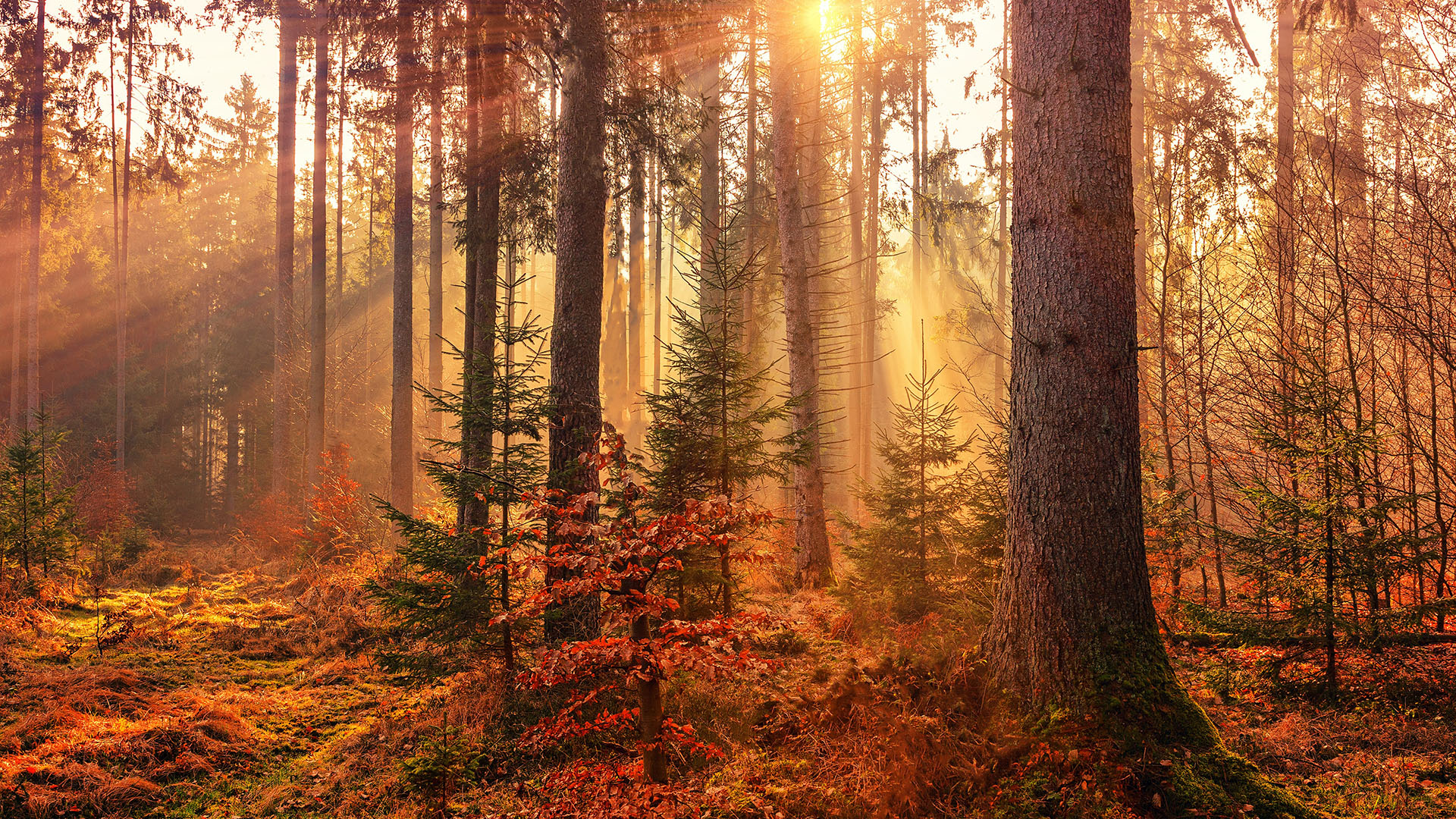There is hardly a photographer who hasn’t found inspiration in the natural changes of colors in the fall. It’s a perfect season to explore fall photography. The yellows, reds, oranges and fading greens offer endless fall photographic possibilities and an opportunity to learn how to play with color. Today we focus on the two main elements of autumn photography that make this season so spellbinding: trees and foliage.

You’re getting blind.
Don’t miss the best of visual arts. Subscribe for $9 per month or $108 $90 per year.
Already suscribed ?



